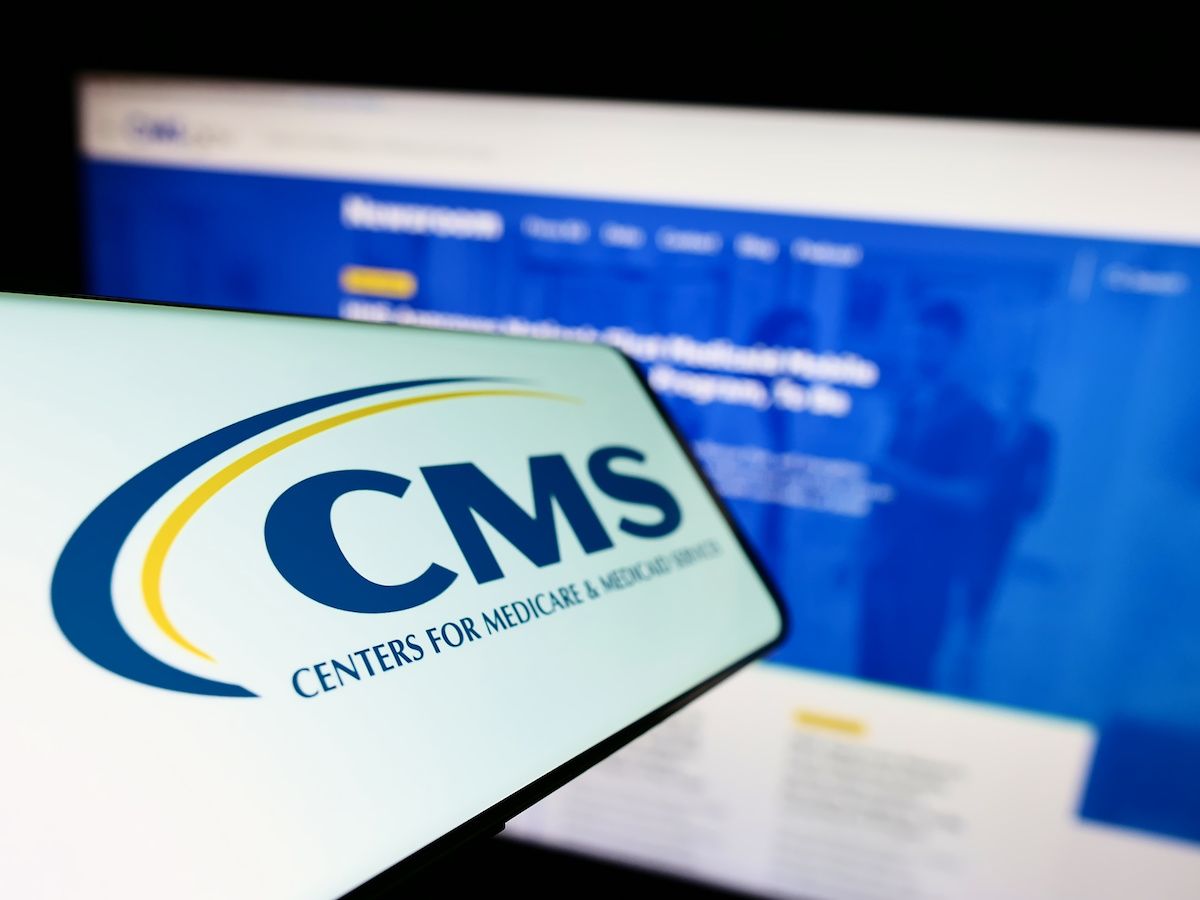Article
MGMA 2019: How to get to value-based care
Author(s):
A roundtable discussion of three organizations’ insights on getting into and what to invest in with value-based care at the 2019 MGMA Annual Conference.

Value-based is becoming more and more of a buzzword in healthcare as President Donald J. Trump’s administration pushes rules expanding its viability, but what do practice leaders who are implementing these policies think is the best way to proceed?
That was them premise of a roundtable discussion at the MGMA 2019 Annual Conference in New Orleans, Louisiana, featuring Larry Blosser, MD, outpatient medical director of Central Ohio Primary Care; Teressa Coleman, director of payer contracting and surgical services at OrthoTennessee/Knoxville Orthopedic Surgery Center; and Jim Schafer, population health strategist of Hatfield Medical Group.
The panel was moderated by Oraida Roman, vice president of value-based strategies for Humana in Louisville, Kentucky.
The path to value-based care
Before she addressed the panel, Roman polled the attendees to see where their organizations were along the path to value-based care and found that the majority had just started and the minority claiming their organizations were “all in” on the payment model.
Schafer says his organization, based in Phoenix, Arizona, is “all in” on value-based care in their goal to be as “payer agnostic” as possible for the past three years.
Coleman said her group is probably about 75 to 80 percent bought in to value-based care.
Blosser said his group is also “all in” on the payment model after starting down the path about eight years ago.
“We were really looking at primary care as not being viable if we couldn’t find a way to change the compensation model for doctors,” he says. “We thought that value-based models that we saw would help us to lower the number of patients doctors needed to see in order to provide better care to a focused group of people and maintain physicians’ incomes.”
He said the group started on the journey by turning their adult patient settings becoming “patient-centered medical homes” and negotiating per-member per-month payments which they used to build an infrastructure that didn’t drop a doctor’s revenue but allowed them to add on services which they thought were needed.
Blosser says his group also moved into shared savings contracts with both commercial insurers and Medicare Advantage.
Where to invest when making the jump to value-based
Roman says a recent survey conducted by MGMA of its members, found that when positioning themselves for success in the value-based care market 73 percent of respondents invested in staff, 65 percent invested in technology, and 60 percent invested in patient engagement.
She said organizations are also starting to invest in social determinants of health, as 27 percent of respondents gave that answer.
Schafer says his organization feels that throwing more staff at a problem isn’t always the best solution, but social determinants can often do the trick.
“We found that you can start immediately down the path to value-based care when you start focusing on social determinants of health and engaging those patients without an increased cost to your practice,” he says. “As soon as you start adding staff, you’re going to increase your costs.”
Coleman said her group added three care managers when they moved into this style of care, but they’re now down to two.
“We learned that the better way to manage that was by exception then trying to manage every patient,” she says.
Her group is still struggling with technology, though, as while there are many providers with big claims about engaging patients, but they’ve had trouble finding one that really works for their organization.
Coleman says social determinants rings a special chord with her organization because, as they are orthopedists, they’re already having conversations with patients about how external non-medical factors are affecting their health.
Bossert says his group has put investments into each of the buckets but has moved away from beefing up staffing.
“We’ve moved from a heavy reliance on staff to a new reliance on some sort of technology or ability to scale what we have built and allow a smaller number of people to manage that,” he says.





